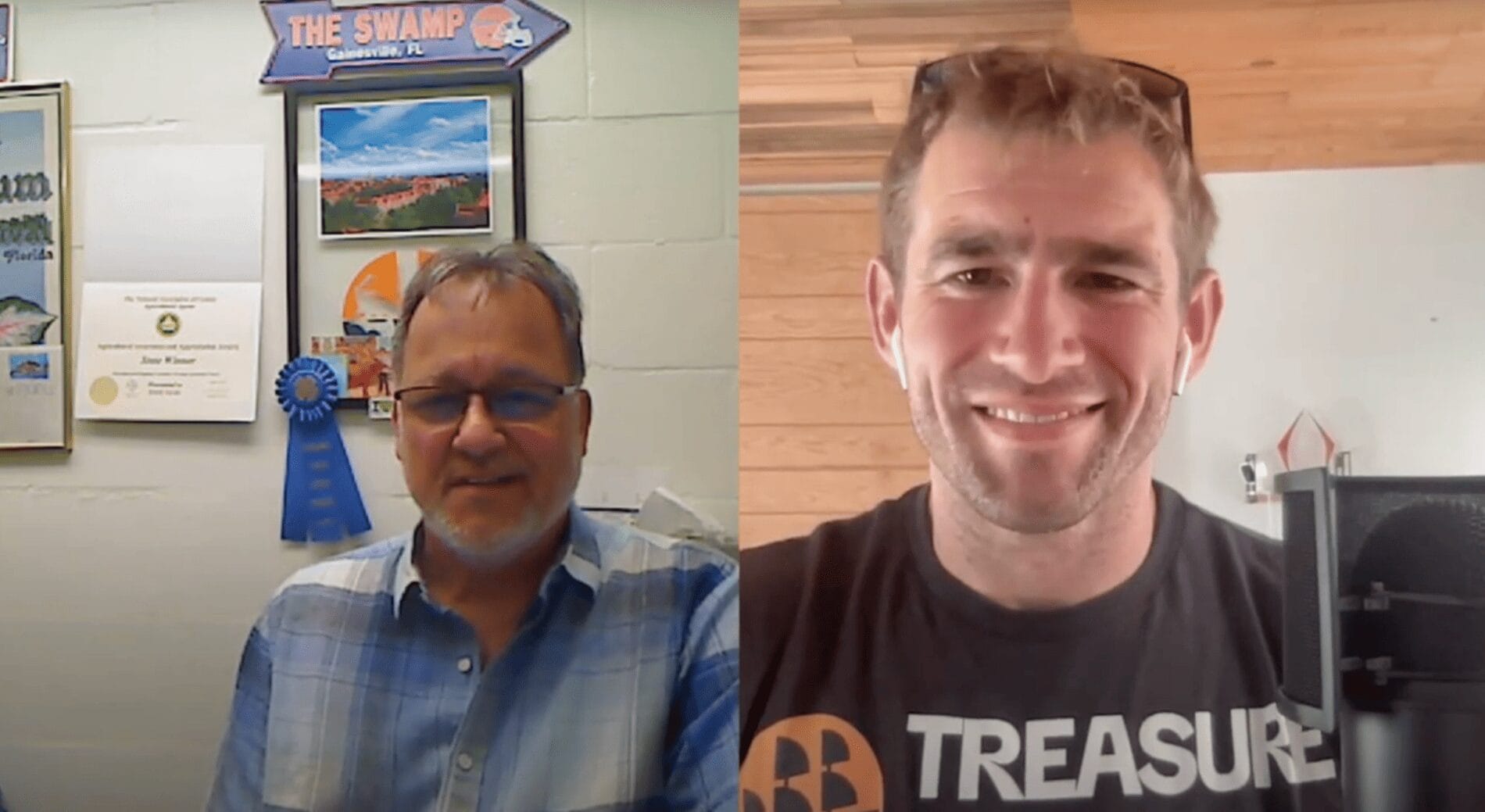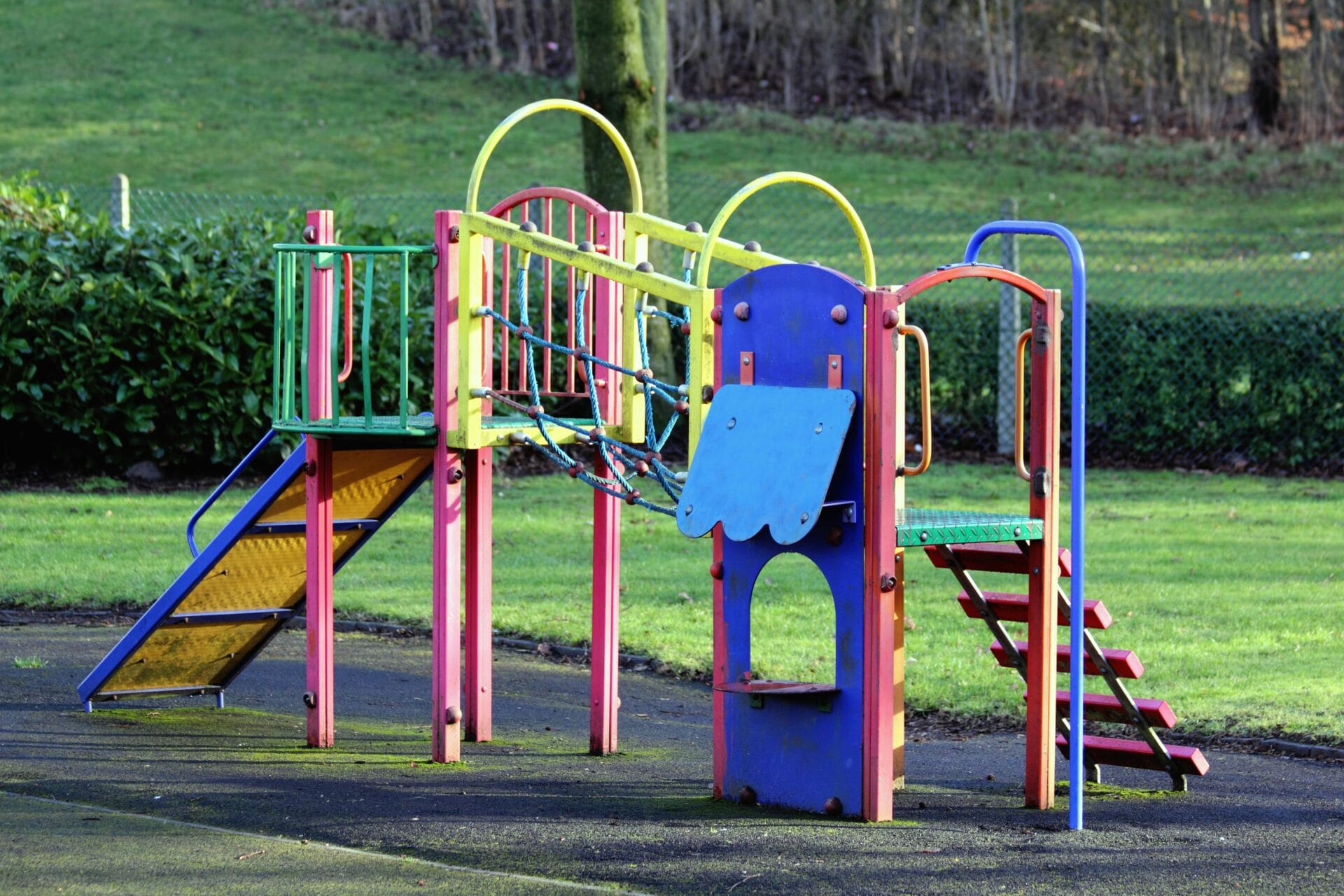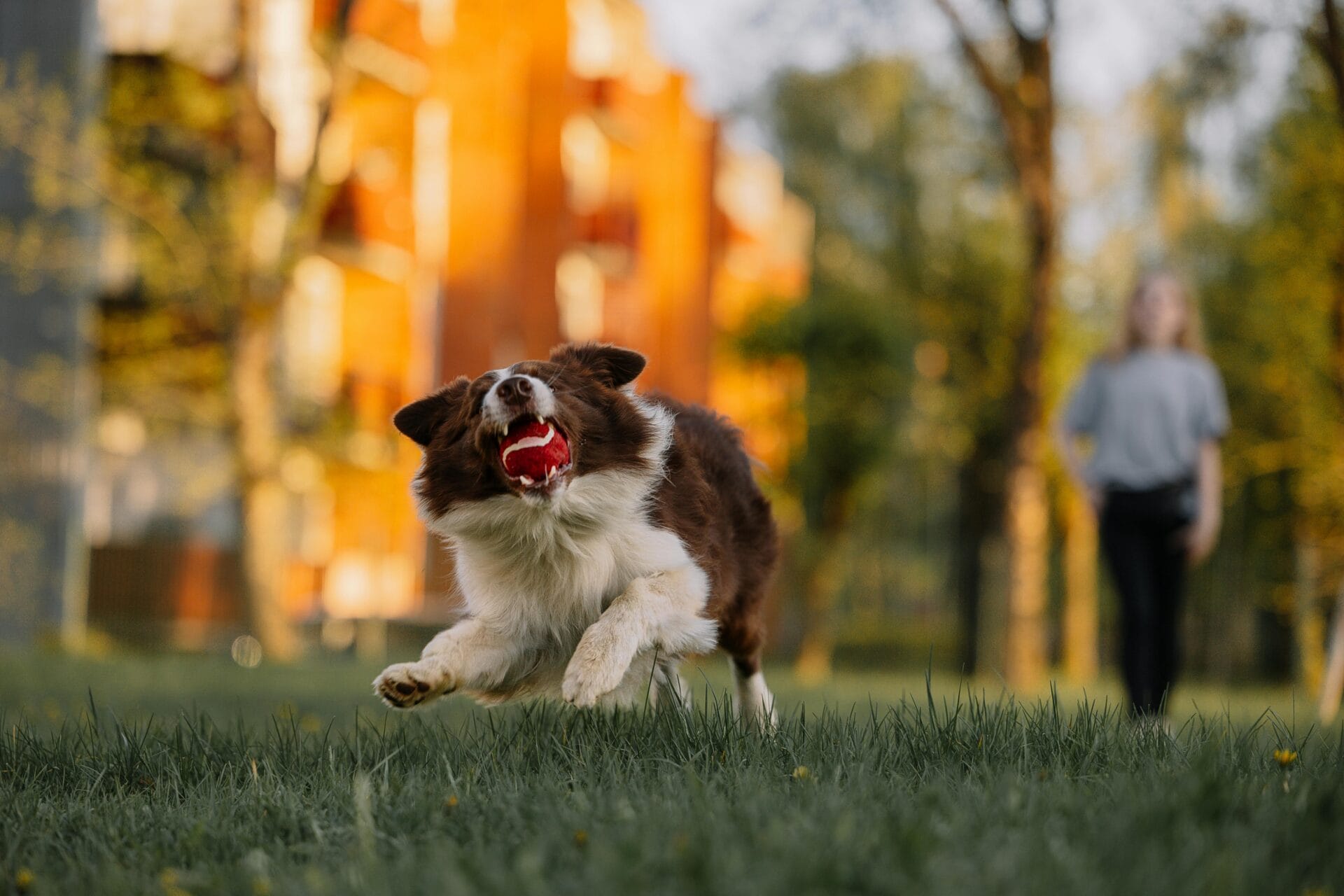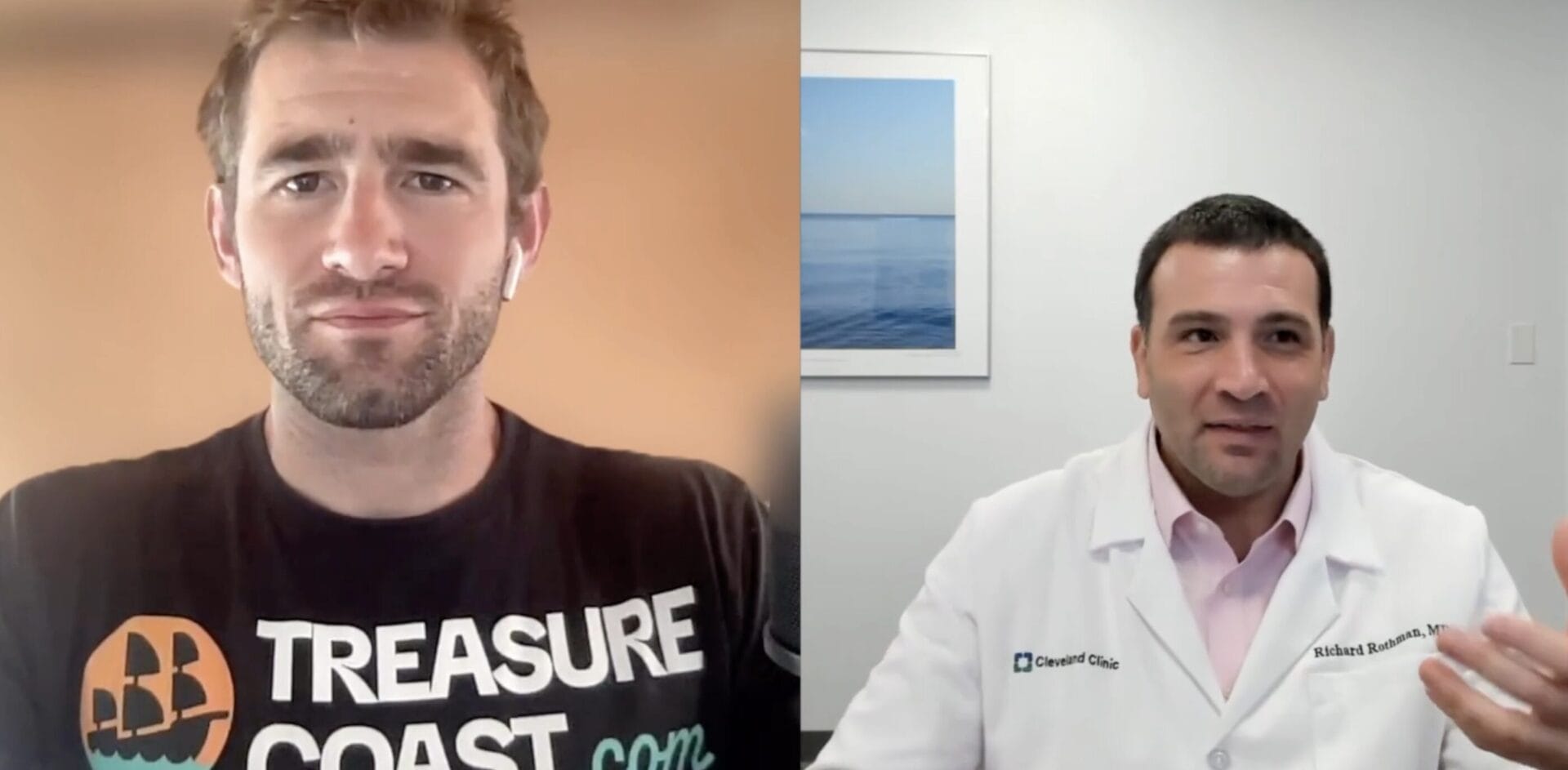On this episode of The Current by TreasureCoast.com, we chat with David Austin, a UF/IFAS Residential Horticulture Agent and Master Gardener Coordinator, about creating a Florida Food Forest. The discussion dives into the growing interest in edible landscaping, permaculture, and food forests, with a strong focus on practicality, local adaptability, sustainability, and how people on the Treasure Coast can start to grow their own food.
What is a Food Forest?
The conversation begins with a foundational distinction: the difference between traditional vegetable gardens and food forests. In Florida, annual vegetable gardening is seasonal, typically from August to May, because of the state’s climate. This is also true in the Treasure Coast, which is in the southern area of the state.
In contrast, food forests and edible landscapes are designed to be more perennial, mixing fruit trees, leafy greens, herbs, and even tea plants throughout a yard. These systems can provide year-round harvests and often require less maintenance once established.
According to Austin, one major driver behind the rise in edible landscaping is concern over food security. More people want to grow their food, understand how it’s produced, and reduce reliance on external food systems. This movement isn’t limited to rural or off-grid living. It’s also gaining traction among suburban homeowners looking for ways to turn yards into productive, sustainable spaces.

Key Permaculture Principles
Permaculture principles are central to the food forest model. While some might assume “forest” means deep shade, Austin clarifies that edible plants need sun and should be strategically placed among fruit trees and shrubs to receive light. He gives examples of plants like longevity spinach, Malabar spinach, and Okinawa spinach, many of which are not true spinach but grow well in Florida and offer consistent, nutritious harvests.
Throughout the conversation, Austin emphasizes microclimates. Even within USDA hardiness zones like 9B or 10A, micro-variations in temperature, elevation, or proximity to water can significantly affect what plants will thrive. He gives real-world examples from his own experience, where frost pockets can differ by 10 to 15 degrees within just a few miles.
Florida-Friendly Landscaping
Florida-friendly landscaping is woven throughout the discussion. These are nine core principles promoted by UF/IFAS to reduce environmental impact while supporting resilient landscapes. Among these include:
- Watering efficiently
- Reducing pesticide use
- Building healthy soil
- Attracting wildlife
Interestingly, wildlife attraction is sometimes a double-edged sword. Austin recounts how raccoons or rats might beat you to a ripe pineapple, but sees that interaction as part of an ecological balance. Picking fruit early—just as it begins to turn color—is one strategy to avoid losses.
Soil Health & Why it Matters
A key concept Austin discusses is soil health. He explains that forest ecosystems thrive without fertilizer or irrigation because of natural composting cycles. In a healthy forest, leaves fall, decay, and enrich the soil. Bacteria, fungi, and other microorganisms maintain a living soil ecosystem. Translating this to the home landscape involves using mulch, reducing chemical inputs, and mimicking forest layers to promote healthier growing conditions.
Soil testing, he says, is a crucial starting point. Local extension offices throughout Florida offer inexpensive tests that measure pH, nutrient levels, and lime requirements. Austin explains that high pH levels are common along the Treasure Coast, and while it’s difficult to lower pH, understanding your soil helps you choose the right plants and avoid common mistakes.
View this post on Instagram
What to Grow in Your Florida Food Forest
An exciting topic covered is various fruit trees that are well-suited to the Treasure Coast and Florida climate. Austin talks about low-chill peach varieties developed by UF, which can now grow as far south as Miami. He also touches on loquats, mulberries, mangoes, persimmons, and avocados—many of which do well in Florida but cab face challenges from pests or diseases.
Austin doesn’t shy away from the realities of pest management. He gives examples like laurel wilt affecting avocados and Erin mites damaging lychee trees. Rather than avoiding these fruits entirely, he suggests choosing disease-tolerant varieties and being realistic about maintenance. Some pest and disease pressure is inevitable, but careful planning and observation can help mitigate the risk.
For those living in suburban areas or communities with HOA restrictions, Austin encourages starting small and being intentional. Begin with trees and foods you enjoy. Add layers of herbs, greens, or root vegetables like beets or sweet potatoes that also have edible tops. And don’t underestimate the visual appeal—many edible plants are beautiful and blend well into traditional landscaping.
Getting Started: You Can Do It!
Austin argues that no one truly has a “brown thumb.” Instead, success comes from consistent attention, curiosity, and the willingness to observe and adjust. For busy homeowners, automation and thoughtful planning go a long way. Drip irrigation systems, smart mulching, and low-maintenance perennials can all help make food-growing accessible to those without hours to spend outside every day.
Throughout the episode, Austin stresses the importance of utilizing local resources. Every Florida county has a UF/IFAS extension office, and many offer free or low-cost classes, plant clinics, and soil testing. He encourages listeners to connect with their local horticulture agents, find Master Gardener programs, and explore the growing list of educational opportunities across the state.
Great Food Forest Resources for Treasure Coast Residents:
- UF/IFAS Extension Martin County
- UF/IFAS Extension St. Lucie County
- UF/IFAS Extension Indian River County
From growing yaupon holly for a caffeine-rich tea to planning fruit tree placement around your microclimate, the conversation is packed with practical insights for beginners and seasoned gardeners alike.
About David Austin & UF/IFAS
For those interested in connecting with David Austin, follow his Hometown Gardener page on Facebook. He regularly posts upcoming class topics, including fruit tree cultivation, tea plants, and beekeeping. There are extension agents across the Treasure Coast and beyond who are also hosting events and offering support.
David Austin wears two hats in his work with UF/IFAS. He trains Master Gardeners, volunteers who help educate the public, and hosts monthly classes that focus on topics ranging from fruit trees to composting and Florida-friendly landscaping. This episode highlights his insights on creating food-producing landscapes tailored to Florida’s unique environmental conditions.





